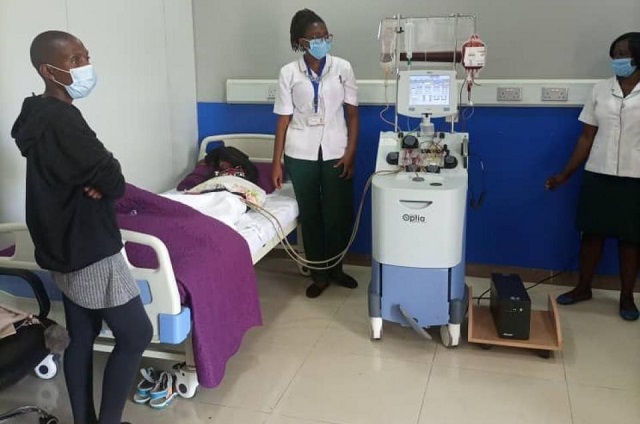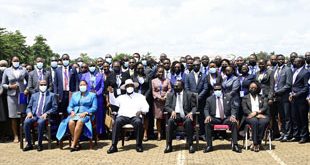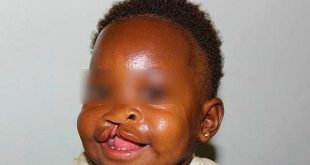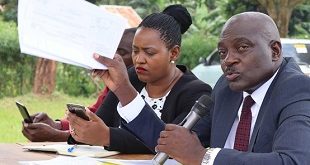
Kampala, Uganda | THE INDEPENDENT | Thirteen year old Jeremy is the latest user of new pain relieving treatment for sickle cell disease that involves draining out most of his blood replacing it with healthy blood using a machine, a procedure known as red blood cell exchange apheresis.
His mother Evelyn Mwesigwa says they resolved to opt for the treatment after realizing that his son was experiencing serious difficulties in breathing and has been having a lot of painful episodes that deterred him from engaging in activities children of his age are usually engaged in.
Mwesigwa says they have had to start home schooling after missing school several times battling pain. She now has hope that this new treatment that costs between Shs 2million and 3 million will offer them some pain free months.
Jeremy is reportedly the 19th person in Uganda to opt for the treatment exclusively offered at the Joint Clinical Research Center (JCRC) clinic in Lubowa, using a machine they acquired through a donation for AIDS Cure Research in 2017.
Dr. Daniel Muyanja who heads the clinical department at the research center says the machine removes 70% of blood cells of a sickler replacing it with one of a healthy donor. “This procedure that saves a patient from chronic transfusion can be done one to three times a year.” he says.
While Jeremy needed about 6 units of blood, Muyanja says an adult patient can need up to 8 units of blood and other reagents that are used for the procedure which pushes its price to the highs of Shs 3 million per procedure, which is not affordable to many.
At their sickle cell clinic alone, they have up to a hundred patients enrolled on care and majority of them need optimization treatment. But only 18 patients have been treated so far.
Owing to the relief that the treatment is said to offer, Mwesigwa says a lot of people if they afforded would have already signed up for the treatment. She says subsidizing of this care is key if survival of sickle cell warriors is to be guaranteed.
When this was put to Dr. Gerald Mutungi who heads the Non- Communicable Diseases (NCDs) division at the Ministry of Health. He said having such equipment installed requires them having proper evidence on efficacy.
According to Terumo Blood and Cell Technologies, the American manufacturer, the machine is estimated to cost $50,000 to $100,000 depending on which country it’s going to be sold to.
The infrastructure according to JCRC executive director Dr. Cissy Kityo is currently under-utilized as it can treat two people each day.
She says it can also be applied for Stem cell research in addition to finding COVID-19 medication with its ability to do a total plasma exchange, whose studies as COVID-19 treatment are under way at Mulago Specialised National Referral Hospital. However, for sickle cell, this treatment doesn’t eliminate drug usual.
Muyanja says they will still need their hydroxyurea, folic acid and others but their quality of life will be improved as the treatment cuts the chances of one getting a stroke, one of the acute symptoms of sickle cell disease which leads many to death.
******
URN
 The Independent Uganda: You get the Truth we Pay the Price
The Independent Uganda: You get the Truth we Pay the Price


